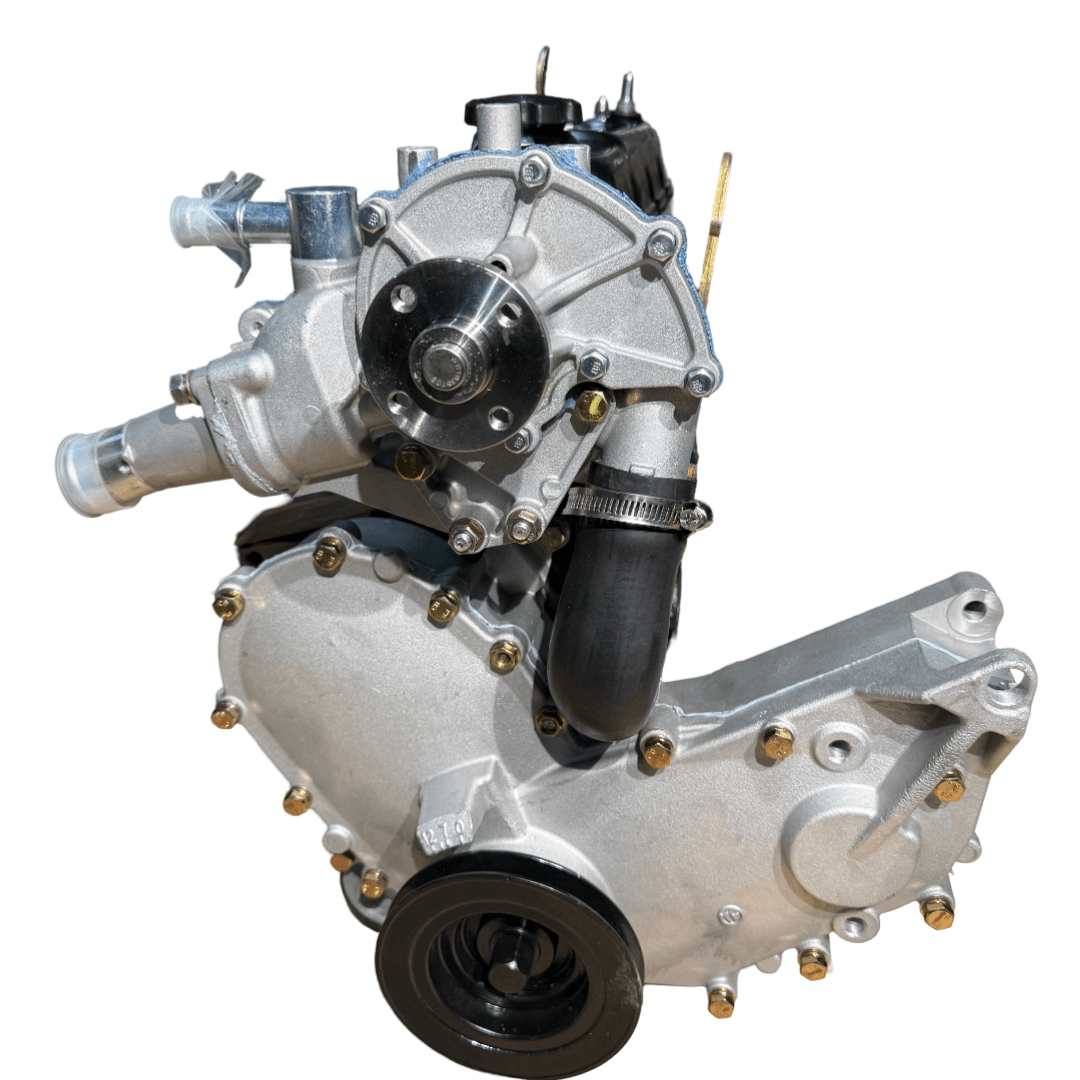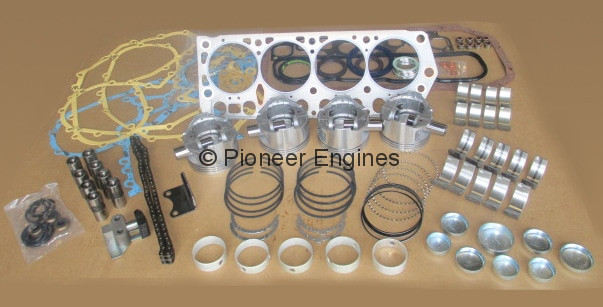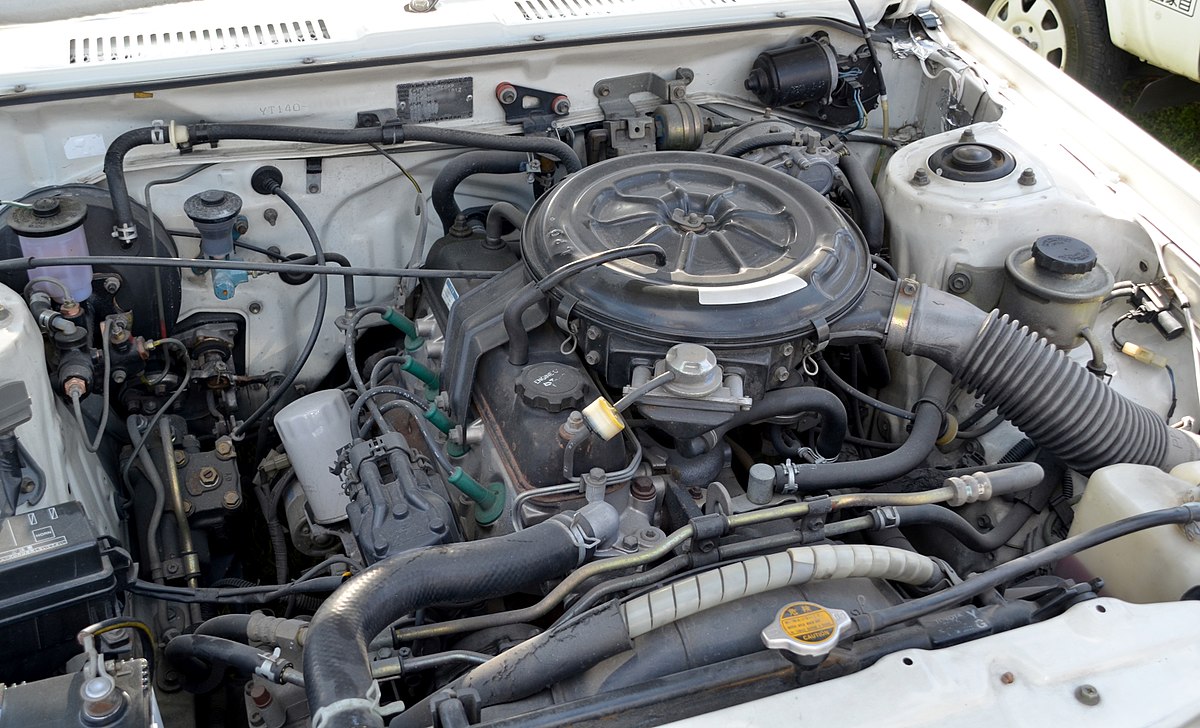The History and Evolution of the 4Y Engine in Automotive Engineering
Checking Out the Numerous Kinds Of Engine: Which One Fits Your Requirements?
Interior combustion engines proceed to control due to their reliability, while electrical engines are obtaining traction for their sustainability. Hybrid engines use a functional compromise, and diesel engines stand out for their power in demanding applications.

Interior Combustion Engines
Inner burning engines (ICEs) are the foundation of modern transportation, powering a vast array of automobiles from automobiles to airplanes. These engines run on the concept of transforming gas right into mechanical power through a series of controlled explosions within a burning chamber. One of the most typical kinds of ICEs include gas engines, diesel engines, and rotary engines, each created to fulfill particular efficiency and effectiveness needs.
Gasoline engines normally make use of spark ignition, while diesel motor depend on compression ignition, causing unique differences in gas efficiency and power outcome (4y engine). Rotary engines, or Wankel engines, offer a small layout and smooth operation, however are much less generally used in mainstream applications
ICEs have undertaken significant developments in modern technology, consisting of the intro of turbocharging and fuel injection systems, which improve overall efficiency and performance. Regardless of their efficiency improvements, ICEs encounter enhancing scrutiny due to their environmental effect, specifically concerning greenhouse gas emissions.
Electric Engines
As problems about ecological sustainability and nonrenewable fuel source reliance grow, electrical engines have actually arised as a compelling alternative to interior combustion engines. These engines utilize electric motors powered by batteries or gas cells, offering a cleaner and extra effective methods of propulsion.
One of the main advantages of electric engines is their reduced exhausts. Unlike typical engines that melt nonrenewable fuel sources, electrical engines generate zero tailpipe exhausts, substantially decreasing air contamination and adding to boosted public health and wellness. Additionally, the performance of electrical motors often goes beyond that of internal combustion engines, converting a higher proportion of energy from the source of power into functional power for movement.
Electric engines are also remarkable for their silent operation, making them suitable for city settings. 4y engine. The simpleness of their design leads to fewer moving components, which can bring about minimized upkeep expenses and boosted integrity over time
Nevertheless, difficulties stay, consisting of battery production influences, billing infrastructure, and variety restrictions. Regardless of these difficulties, the growing investment in electrical car technology and renewable energy sources factors towards an appealing future for electrical engines, positioned to play an important role in the change towards sustainable transport.
Crossbreed Engines
Mixing the advantages of both traditional and electrical inner combustion engines, hybrid engines stand for a versatile service in the mission for reliable and lasting transport. These engines integrate a fuel or diesel motor with an electrical motor, permitting for enhanced fuel performance and lowered exhausts contrasted to standard automobiles.
Hybrid engines operate in several settings, using the electric motor for low-speed driving and the interior burning engine for higher speeds or when more power is required. This vibrant operation not just boosts gas economic situation yet also adds to a smoother driving experience. Regenerative stopping is an additional essential attribute, catching energy generally shed throughout stopping and rerouting it to reenergize the battery.

As consumers significantly focus on eco-friendliness, crossbreed engines stick out as a sensible option, using an effective equilibrium of performance, performance, and ecological duty. This versatility makes them ideal for urban travelling and long-distance traveling alike.
Diesel Motor
Performance and power are characteristics of diesel engines, which have actually long been favored for their robustness special info and gas economic situation. These engines operate the principle of compression ignition, where air is compressed to a high temperature level before fuel is injected, igniting it without the demand for ignition system. This procedure makes it possible for diesel engines to accomplish higher thermal performance contrasted to gasoline engines, converting right into much better fuel mileage and lower co2 discharges.
Diesel engines are specifically well-suited for heavy-duty applications such as trucks, buses, and commercial machinery, where torque and toughness are extremely important. Their layout generally includes stronger components to withstand the greater pressures produced throughout operation, causing longer life span and lowered maintenance expenses.

Different Fuel Engines
While diesel engines have long dominated the landscape of sturdy power resources, different fuel engines are obtaining traction as viable options for a more lasting future. These engines utilize a variety of fuels, such as pressed natural gas (CNG), gas, hydrogen, and ethanol, aiming to lower greenhouse gas emissions and dependence on fossil gas.
One significant benefit of alternative gas engines is their potential to lower carbon impacts. For circumstances, CNG engines emit less toxins compared to conventional diesel motor, making them appropriate for metropolitan transportation systems and fleets seeking to boost air top quality. Ethanol, stemmed from biomass, not just minimizes exhausts yet also supports agricultural economic climates.
Hydrogen gas cells stand for a sophisticated advancement in this realm, supplying zero-emission power via a chain reaction between hydrogen and oxygen. Nonetheless, obstacles such as facilities growth and production costs stay barriers to widespread adoption - 4y engine.
Verdict
In conclusion, choosing the ideal engine type necessitates careful consideration of details needs and choices. Internal burning engines use reliability, while electric engines prioritize sustainability and lowered maintenance. Hybrid engines combine the advantages of both, boosting performance, whereas diesel motor supply remarkable power and torque for sturdy applications. Alternative fuel engines present green alternatives, albeit with possible framework obstacles. Eventually, a comprehensive analysis of driving routines and environmental values will facilitate a notified choice regarding engine selection.
Hybrid engines use a functional compromise, her response and diesel engines stand out for their power in demanding applications. The most common types of ICEs consist of fuel engines, diesel engines, and rotating engines, each made to meet particular performance and performance demands.
Unlike standard engines that shed fossil gas, electrical engines generate absolutely no tailpipe exhausts, considerably decreasing air contamination and contributing to enhanced public health and wellness.Hybrid engines run in numerous modes, utilizing the electric motor for low-speed driving and the internal combustion engine for greater speeds or when even more power is required. Crossbreed engines integrate the benefits of both, improving performance, whereas diesel engines give superior power and torque for sturdy applications.